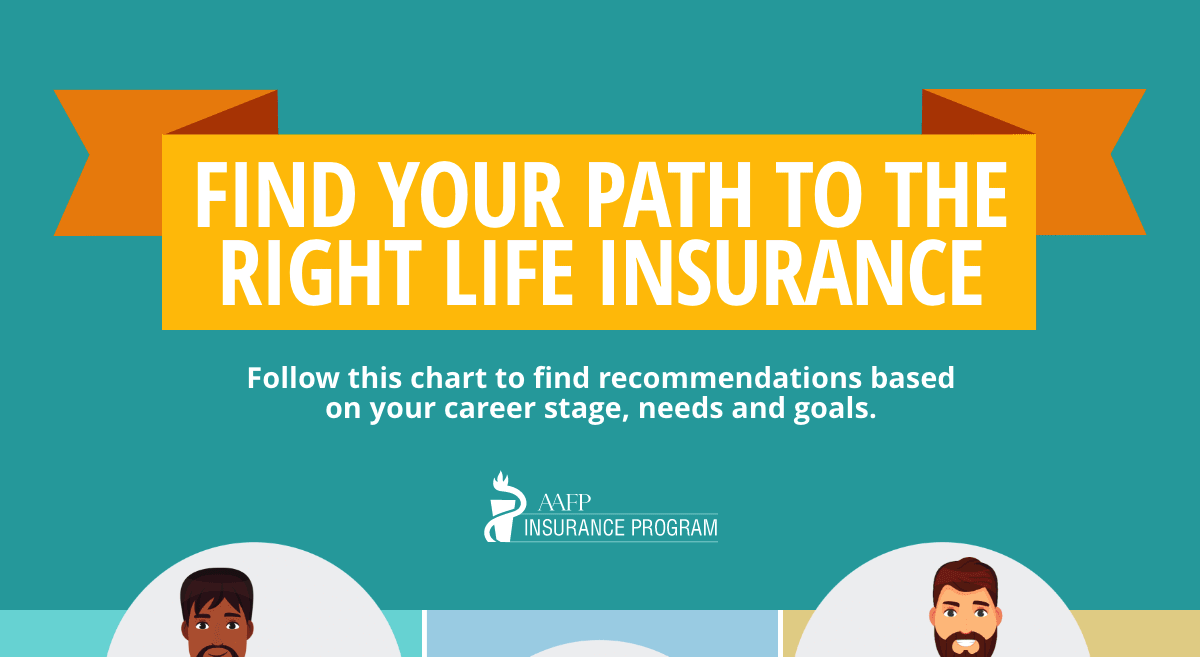1. EHR Programs and Meaningful Use
As of last year, 80% of doctors used electronic health records (EHRs) to maintain and organize patients’ medical histories. If you’re part of that 80%, then you are well aware of The Centers for Medicare and Medicaid Services’ (CMS) frequent rule changes to the Meaningful Use requirements. These constant changes have made it difficult for physicians to attest their reasons for not meeting the requirements.
Eligible professionals will face a 2% payment penalty on their Medicare reimbursement if they do not fulfill meaningful use requirements. In fact, it is estimated that the Centers for Medicare & Medicaid Services (CMS) will recoup $18 million from physician MU audits over the course of the program.
If you have growing concerns about the EHR incentive program and meeting meaningful use guidelines, read this fact sheet by CMS to see what progress has been made, and what work remains to be done. For the final rule and latest provisions, click here.
2. ICD-10 Preparation
In addition to staying abreast of MU requirements, physicians will also need to prepare their practices for the transition to ICD-10. Since its implementation on October 1, 2015, physicians have worried about potential obstacles in 2016 such as increases in denials, issues with cash flow, and lost productivity due to training. The Medical Group Management Association (MGMA) recommended that medical practices plan for 16 to 24 hours of training for clinical staff and 40 to 60 hours for coding staff. That’s a great deal of time taken away from patient care.
And perhaps the biggest complaint about ICD-10 is the increase in the number of codes. ICD-9 contained 16,000 codes; however, the new ICD-10 vocabulary features an estimated 70,000. With this increase, there will likely be a learning curve for healthcare providers and insurers, especially since the new codes will result in price changes by insurers.
To ease everyone’s worries, CMS said it would give a year’s grace period in the reimbursement of claims as long as they were submitted in the correct family of codes.
3. Remaining HIPAA Compliant
Staying HIPAA compliant in a fast-moving, digital world has become increasingly challenging for medical practices. As the healthcare industry continues to permeate the online world, physicians have to stay on top of keeping their patients’ medical information safe.
As more and more patients express their interest in communicating with their healthcare provider via mobile devices and social channels, physicians must remain vigilant when sending messages, emails or replying to comments and reviews online.
The penalty for one HIPAA violation can result in a fine of up to $50,000, and identical violations can lead to a maximum fine of $1.5 million in a year. A majority of practices can’t afford to take such a hit to their bottom line, so to help you remain HIPAA compliant and reduce your risk of exposing sensitive patient data on the Internet, read this summary of the HIPAA Security Rule. And to learn more about HIPAA’s violations and enforcement, click here.
4. Incentives and Penalties
With the increase in Medicare patients, coupled with the implementation of the Affordable Care Act, physicians are struggling to adapt to the shift from the fee-for-service model of reimbursements to a value-based payment model. Starting in 2017, the Merit-Based Incentive Payment System (MIPS) will measure Medicare Part B providers in four performance categories to derive a “MIPS” score. It consolidates three existing programs: meaningful use (MU), the Physician Quality Reporting System (PQRS), and the Value-Based Payment Modifier (VBPM). This combined score can significantly impact a provider’s Medicare reimbursement in each payment year.
While incentive payments will begin in 2019, family physicians should keep in mind that penalties are still in force under the other systems. For example, under the current three reporting programs, physicians face the following penalties (Medicare reimbursement cuts):
- 2016: 6 percent
- 2017: 9 percent
- 2018: 10 percent
- By 2019 and beyond, physicians’ penalties could be 11 percent or more.
Once MIPS is in force, the penalties will be reduced. Because the MIPS is purely based on individual performance where bonuses are awarded for high performance, the pressure is on physicians to focus on quality over quantity when it comes to patient care.
5. Data Breaches in the Healthcare Industry
Each year, there is an increased threat of potential data breaches within the healthcare system. According to Experian, 46% of their reported incidences were in the healthcare industry. While data breaches aren’t always preventable, organizations should still make a strong effort to prepare for them.
Going forward, physicians need to make data security a priority in 2016 because healthcare will continue to be a prime target for hackers. Some things you can expect to see this year include an increase in national or state-targeted cyberattacks and breaches committed by hacktivists who may have a political or social agenda.
To better prepare for potential attacks, have a breach plan in place and make sure you employees are properly trained on these protocols. Here are some resources you can use to improve your cybersecurity practices.
This is by no means an all-inclusive list of potential concerns family physicians will have this year. But whatever challenges present themselves to you, the ideal solution is for you to be proactive in addressing them and ensure that you are still able to provide quality care to your patients.
Tell us: What concerns do you have for 2016? How will you and your staff prepare for future changes?




